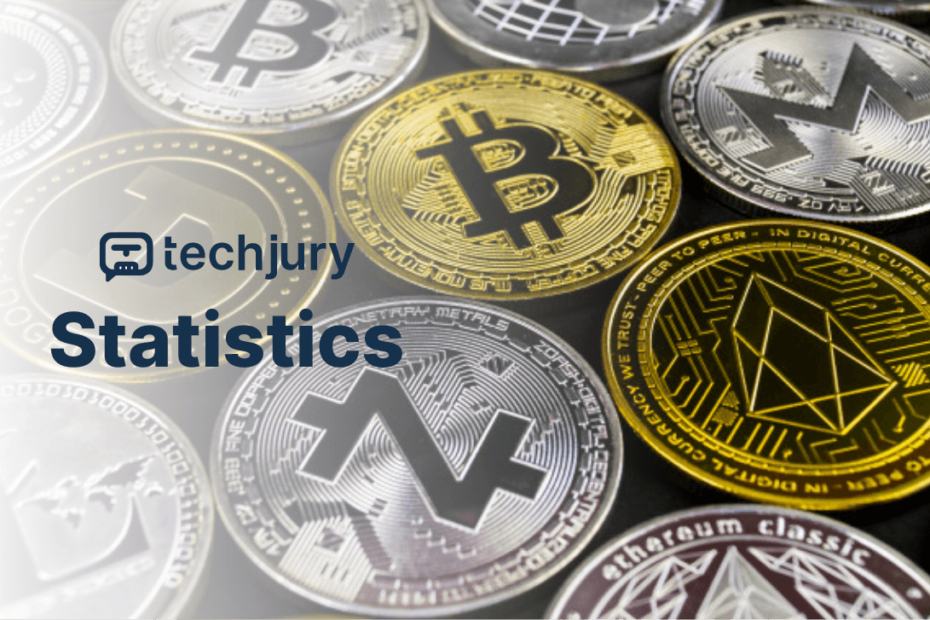The Digital Currency Revolution: More Than Just Numbers
Imagine standing at the precipice of a financial transformation so profound it could rewrite the entire economic playbook. Welcome to the world of cryptocurrency—a realm where traditional monetary boundaries dissolve and digital innovation reshapes how we conceptualize value, exchange, and financial sovereignty.
As a data analysis specialist who has tracked the cryptocurrency ecosystem for over a decade, I‘ve witnessed an extraordinary metamorphosis. What began as an obscure technological experiment has blossomed into a global phenomenon challenging centuries-old financial infrastructures.
The Genesis of Digital Currency
Cryptocurrency didn‘t emerge in a vacuum. Its roots trace back to the 2008 global financial crisis, a moment when trust in traditional banking institutions reached an all-time low. Satoshi Nakamoto‘s Bitcoin whitepaper wasn‘t just a technical document—it was a manifesto of financial democratization.
Consider this: In merely 15 years, cryptocurrencies have transformed from a niche technological curiosity to a [~$2 trillion market ecosystem]. This isn‘t just growth; it‘s a financial revolution encoded in blockchain technology.
Global Market Landscape: Beyond the Numbers
Market Capitalization Dynamics
As of 2024, the cryptocurrency market presents a nuanced, complex landscape. Bitcoin remains the undisputed heavyweight, representing approximately 42.53% of the total market capitalization at [~$896.67 billion]. However, the real story lies not in Bitcoin‘s dominance, but in the emerging diversity of digital currencies.
Ethereum, often considered Bitcoin‘s most significant competitor, commands [~18.70%] of the market with a capitalization of [~$394.28 billion]. But what makes Ethereum fascinating isn‘t just its market value—it‘s the robust ecosystem of decentralized applications (dApps) built upon its blockchain infrastructure.
Cryptocurrency Diversity: More Than Just Coins
The top 10 cryptocurrencies reveal a fascinating ecosystem:
- Bitcoin: The original digital gold standard
- Ethereum: The programmable blockchain platform
- Binance Coin: Exchange-backed digital asset
- Cardano: Research-driven blockchain protocol
- Tether: Stablecoin bridging traditional and digital finance
- Solana: High-performance blockchain
- XRP: Cross-border payment facilitator
- USD Coin: Regulated stablecoin
- Polkadot: Interoperability-focused blockchain
- Dogecoin: The meme cryptocurrency that became a legitimate financial instrument
Global Adoption: A Geographical Perspective
Regional Cryptocurrency Penetration
Cryptocurrency adoption isn‘t uniform—it‘s a complex tapestry of technological readiness, regulatory environments, and economic necessities.
Nigeria leads global adoption with approximately 32% national penetration, a statistic that might surprise traditional financial analysts. This isn‘t just about technology; it‘s about economic resilience. In regions with volatile local currencies, cryptocurrency represents financial stability and global connectivity.
Vietnam (21% adoption) and the Philippines (20% utilization) follow closely, demonstrating that cryptocurrency‘s appeal transcends developed economies. These are markets where digital currencies solve real economic challenges—reducing remittance costs, providing financial access, and creating alternative investment vehicles.
Investor Behavior: Beyond Speculation
Recent comprehensive surveys reveal nuanced investor motivations:
- 97% express confidence in digital assets
- 65% of cryptocurrency users own Bitcoin
- Investor strategies demonstrate sophisticated approaches:
- 40% adopt long-term holding strategies
- 22% engage in advanced financial mechanisms like lending and staking
- 11% utilize cryptocurrencies for direct transactions
Technical Infrastructure: The Blockchain Revolution
Mining: The Backbone of Cryptocurrency
Cryptocurrency mining has evolved from a hobbyist activity to a sophisticated, industrial-scale operation. The average mining operation now costs approximately [~$1,576 annually], a figure that reflects increasing technological complexity.
Bitcoin‘s mining ecosystem is particularly fascinating. With a current block reward of 6.25 Bitcoin and an average transaction verification time of 10 minutes, mining represents a critical infrastructure maintaining blockchain integrity.
Geographically, mining power distribution tells its own story. China controls approximately 60% of the world‘s cryptocurrency hash rate, with the United States representing around 7%—a geopolitical dynamic with significant technological implications.
Security Landscape: Protecting Digital Assets
Cryptocurrency‘s growth hasn‘t occurred without challenges. Cybersecurity remains a critical concern:
- Crypto theft decreased by nearly 60% in 2020
- Approximately 667 million new crypto-malware instances emerged by March 2020
- Sophisticated threats like crypto-jacking continue to evolve
These statistics underscore a crucial point: technological innovation must be accompanied by robust security frameworks.
Future Projections: The Next Frontier
Market Growth Predictions
The cryptocurrency ecosystem is poised for continued transformation:
- Global blockchain market expected to reach [~$23.3 billion by 2023]
- Predicted Compound Annual Growth Rate (CAGR): 3.5% between 2021-2026
- Estimated global cryptocurrency market size by 2026: [~$1,087 million]
These aren‘t just numbers—they represent a fundamental restructuring of global financial systems.
Conclusion: A Digital Financial Frontier
Cryptocurrency represents more than a technological trend. It‘s a profound reimagining of value, trust, and economic interaction. As global adoption increases and technological infrastructure improves, digital currencies will play an increasingly significant role in our financial ecosystem.
The journey has just begun.
About the Author
As a data analysis specialist with over a decade of experience tracking technological innovations, I‘ve dedicated my career to understanding and explaining complex digital transformations. Cryptocurrency represents the most exciting financial innovation of our generation.
